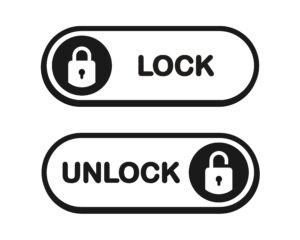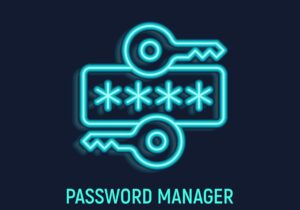Breakdown of User Onboarding Costs by Percent.
User onboarding is a crucial phase in the customer lifecycle, often acting as the first touchpoint where users interact with a platform or service. While the ultimate goal is to…
Read MoreProximity Lock for PC: Automatically Lock Computers When Users Step Away
In today’s digital era, one of the most significant vulnerabilities for any organization is an unattended computer. Even with stringent security protocols in place, an unlocked PC is essentially an…
Read MoreSecuring Production: Why Proximity Readers are a Game-Changer for Manufacturing Facilities
The modern manufacturing facility is truly a marvel of efficiency and production, a seamless blend of human skill and technological innovation. However, this interplay between humans and machine necessitates robust…
Read MoreContactless PC Login Explained: The Future of Secure and Convenient Logins
Traditional password-based logins are increasingly being complemented—or even replaced—by more modern, contactless authentication methods. According to a report by Markets and Markets, the global market for multi-factor authentication, which includes…
Read MoreWhat Is Token-Based Authentication?
Businesses are in constant search for effective yet user-friendly authentication methods for their computer systems. Token-based authentication for PCs is emerging as a popular solution, offering a seamless balance between…
Read MoreThe Invisible Drag on Productivity: Handling Shift Changes with a Password Manager
The heartbeat of a manufacturing facility lies in its ability to maintain a steady rhythm of productivity. However, an often-overlooked stumbling block arises during the routine shift changes. Let’s explore…
Read MoreHow to Secure a Remote Laptop When Unattended, Automatically
The remote work revolution has brought with it significant benefits, including increased flexibility and access to a global talent pool. However, it has also elevated cybersecurity risks, particularly for laptops…
Read More5 Ways Password Risks Can Turn Against You
Password Risks In the grand chessboard of cybersecurity, passwords are often the pawn — humble, underestimated, yet crucial. But password risks are high. A single misstep can lead to a…
Read MoreInvesting in Cybersecurity Measures that Enhance Security and Optimize Time
As Chief Information Officers (CIOs) navigate the intricate labyrinth of managing digital infrastructures, the task of ensuring robust cybersecurity while maintaining operational efficiency remains a persistent challenge. Traditional notions of…
Read More








